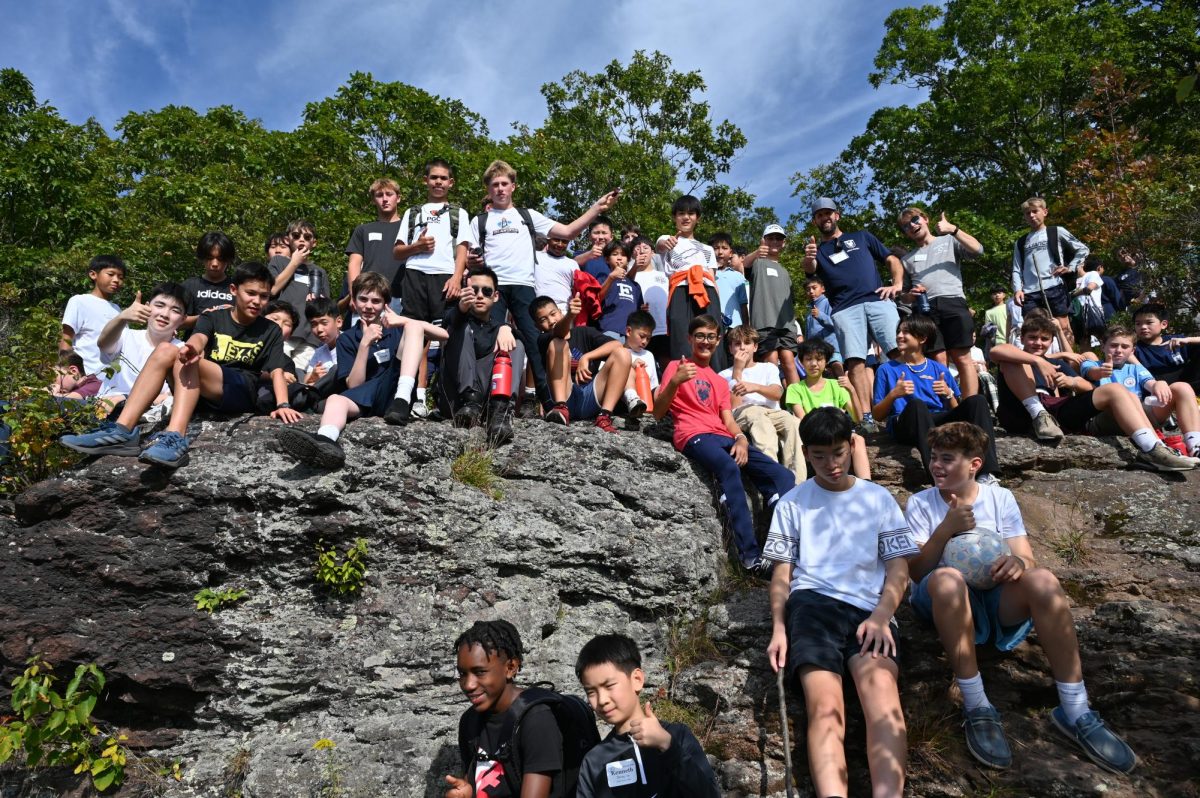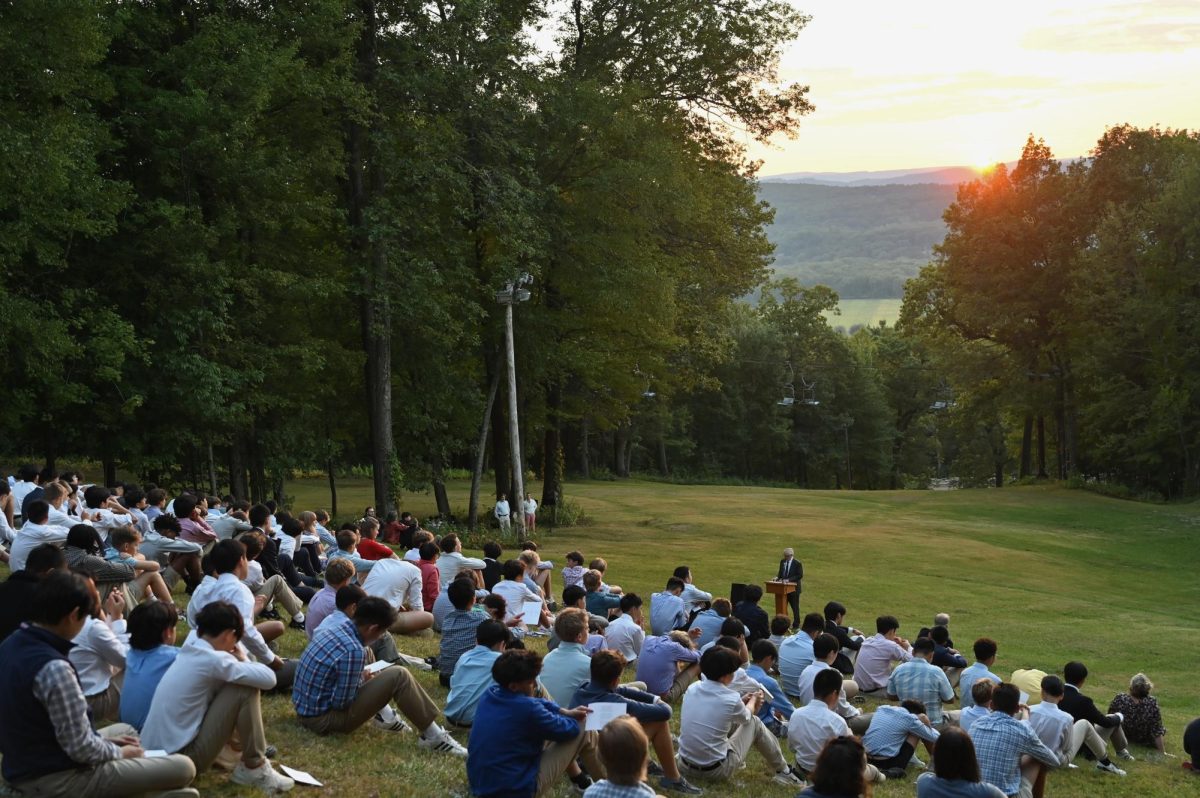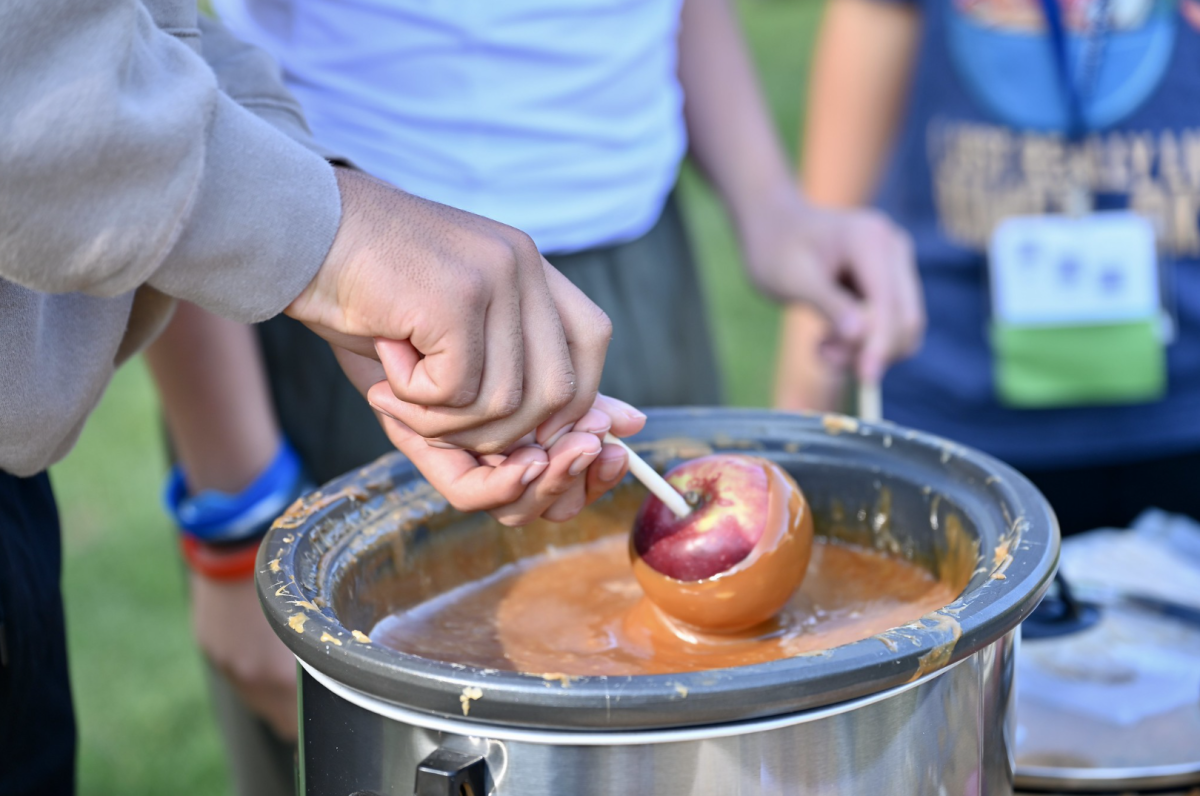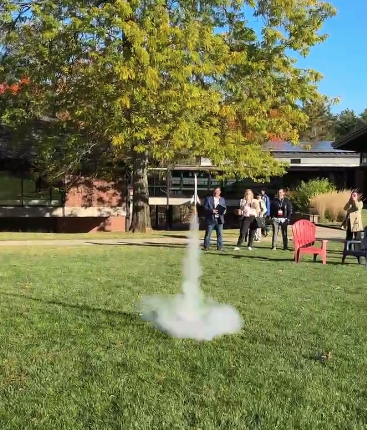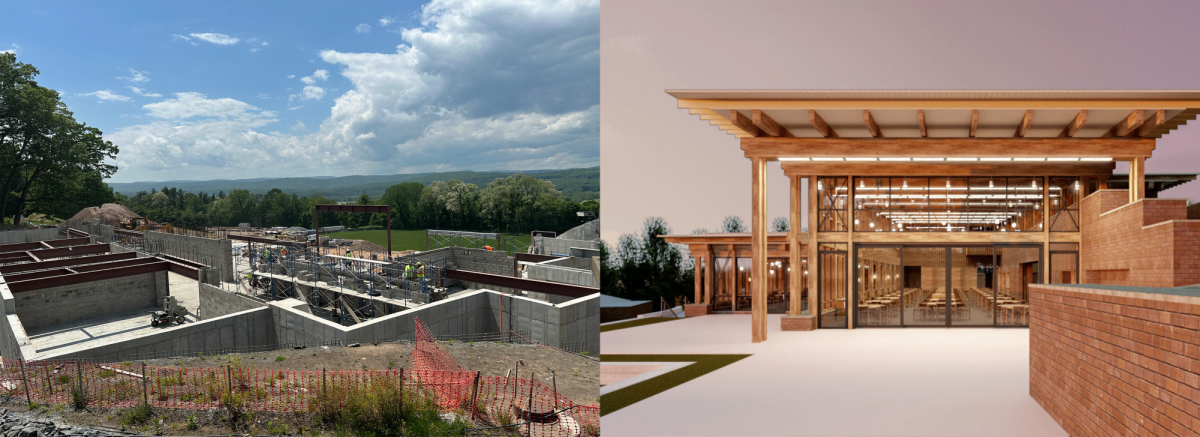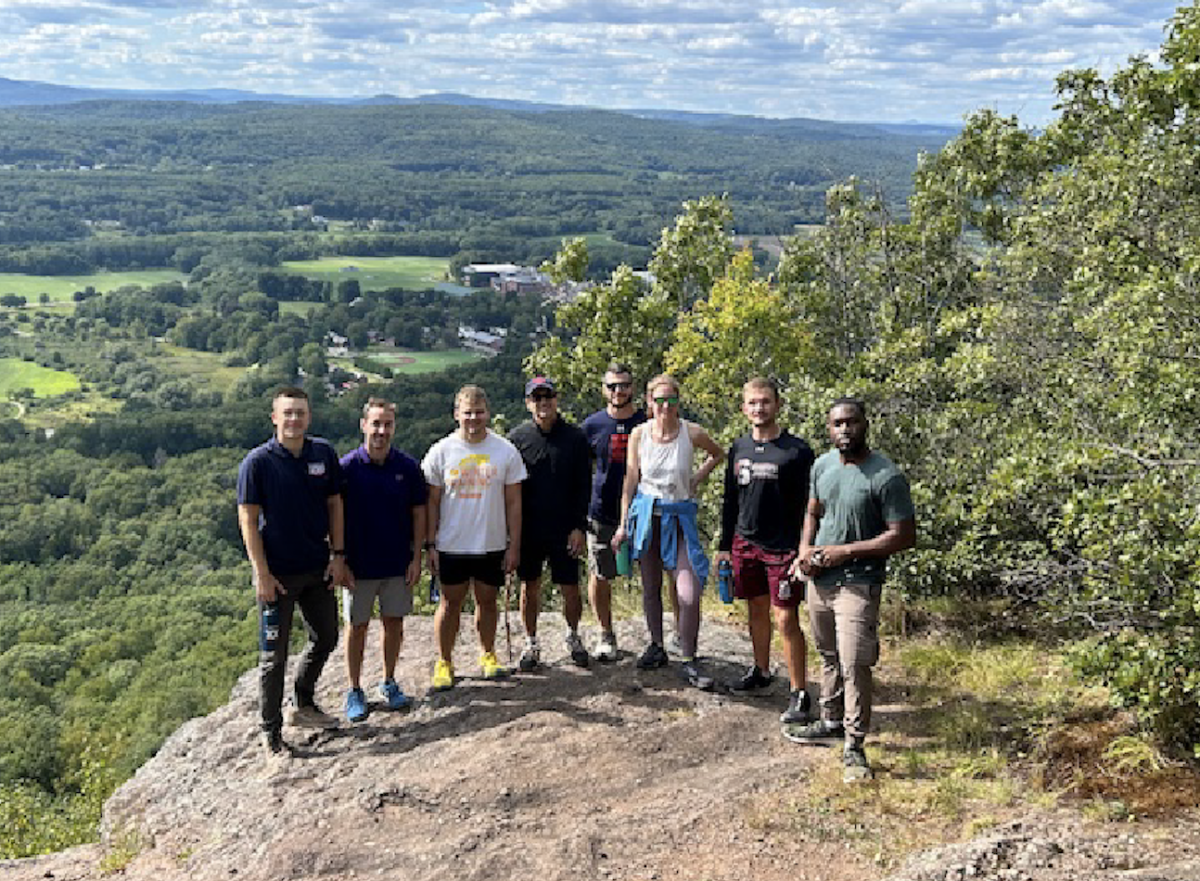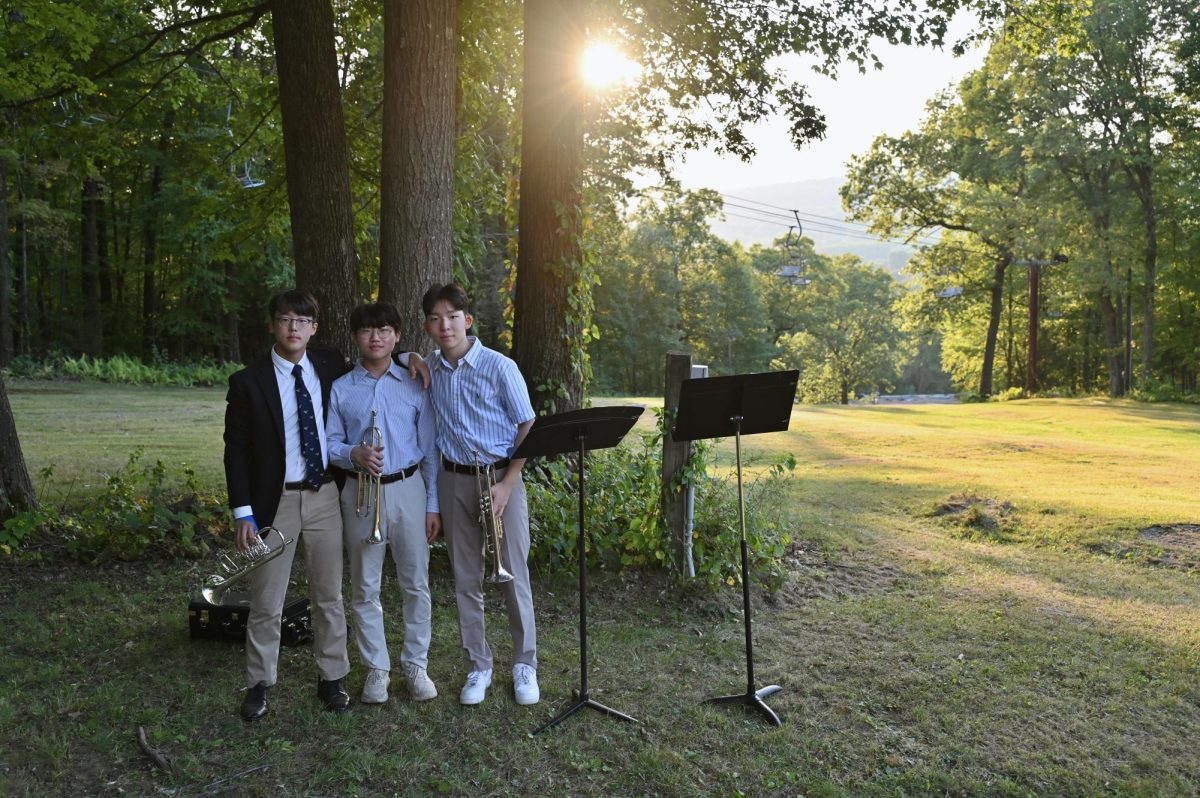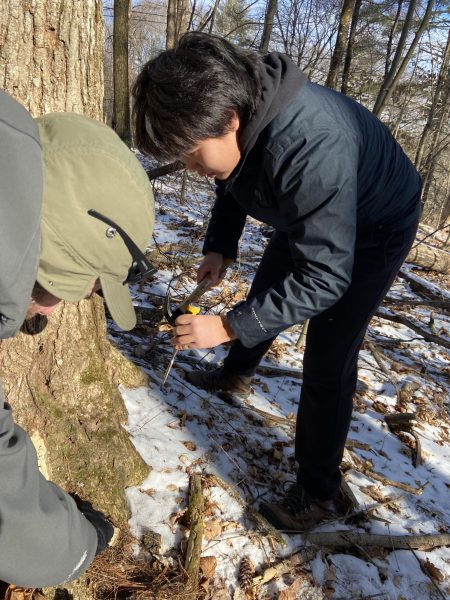
Armillaria root rot disease, also known as honey mushroom, is a highly contagious and destructive fungus that parasitizes tree roots. It is known for its longevity and ability to infect hundreds of different species of trees. (exact number vague) The most significant strand of Armillaria is a humongous fungus in Oregon’s Malheur National Forest. Occupying approximately 3.5 square miles and weighing as much as 31,500 tons, dating back 8,000 years. [1] However, this fungus can become a natural wonder, a flavorful delicacy, but also a disruptive tree disease. In this paper, an average of $3,740 per acre is lost in the peach industry nationally due to the impact of Armillaria. [2] The timber industry is also greatly affected. An experiment has shown that the average mortality rate of trees infected with Armillaria is 10%, 10%, and 4% for white spruce, black spruce, and jack pine. [3] This fungus is so interesting and powerful that it intrigues me and makes me want to study more about it, including possibly testing some suggested biocontrol agents.
As indicated by Dr. Orsolya Kedves, Danish Shahab, Simang Champramary, Liqiong Chen, Boris Indic, Bettina Bóka, Viktor Dávid Nagy, Csaba Vágvölgyi, László Kredics, and György Sipos in “Epidemiology, Biotic Interactions and Biological Control of Armillarioids in the Northern Hemisphere”, [4] we saw Trichoderma spp. as a prominent candidate. Some further research was conducted in “Antagonistic effects of Trichoderma species in biocontrol of Armillaria mellea in fruit trees in Iran”, and it is suggested that strains T. virens and T. harzianum have the best biocontrol effect against A. mellea that was used in the study. So, after analyzing different commercial biocontrol agents, we figured that RootShield wetable powder containing T. harzianum strain T-22 and T. virens strain G-41 is the most prominent commercial product. We collected Armillaria containing barks from the North Sugarloaf trailhead for the experiment. We sterilized the tree sample with 75% ethanol and 4% bleach. On top of that, we also subcultured A. mellea from storage. After a few weeks of growth, we discovered the collected bark sample was contaminated.

So we decided to continue research with the subcultured A. mellea. Later, we transferred the mycelium onto tree branches and introduced the control agent to the jars containing the branches and deionized water. While this essay is being written, we are still waiting for the experiment’s results. At the end of the paper, I want to give a massive shout-out to Mr. McClure from the science department, also my honors-bio teacher, he had been an enormous supporter of my study, not only helping me plan the study and guiding my research but also taking me to the experiments and fields. I also want to say a huge thank you to Dr. Brazee from UMass. He guided my experiments and helped make the experiment much more refined and sophisticated. He also provided us with his lab and taught me how to correctly identify root rot, collect samples, and conduct experiments.

